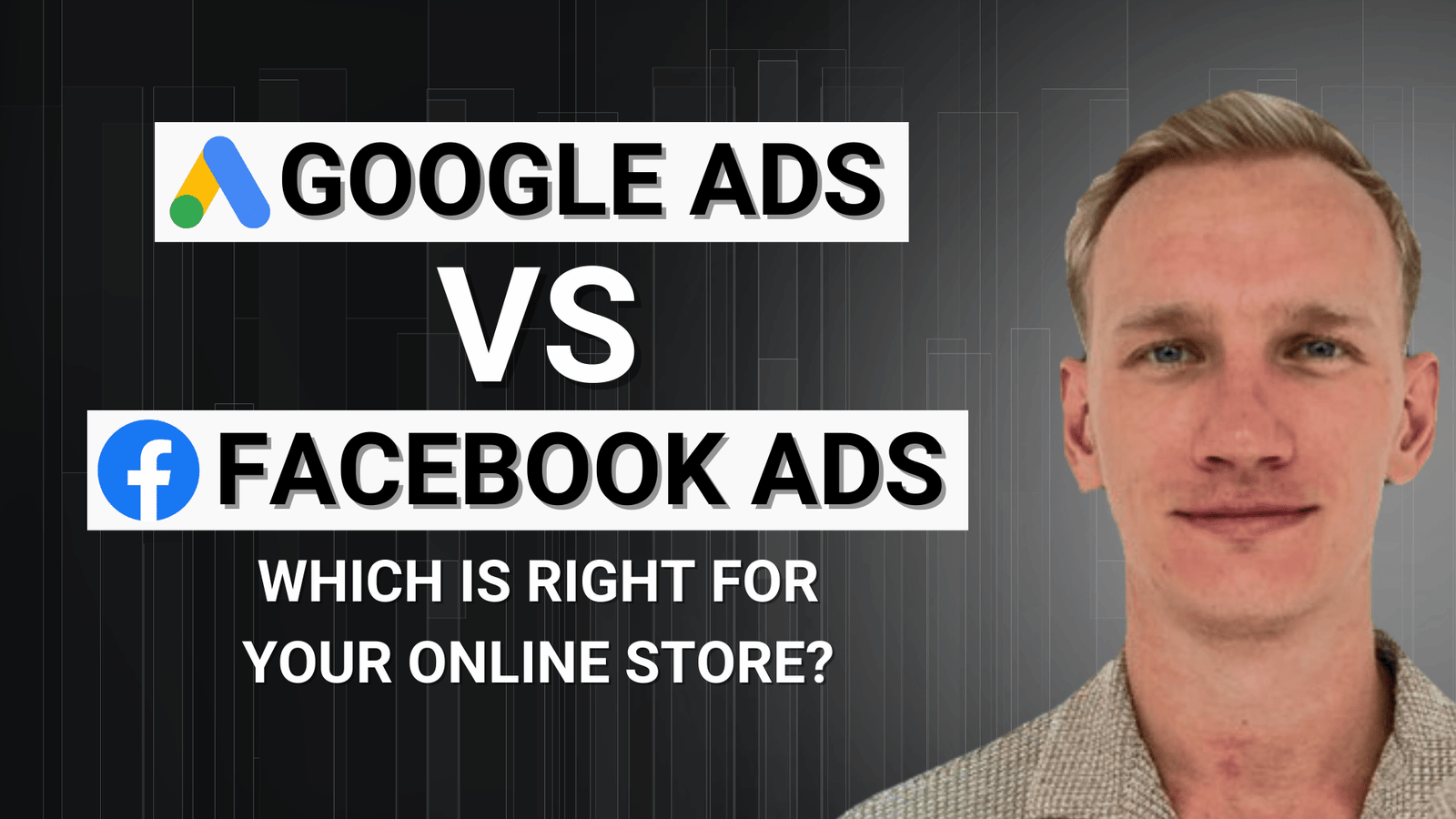When it comes to digital advertising, Google Ads and Facebook Ads are the top two contenders. Both offer powerful tools, but which one will give your business the best results? As an e-commerce business owner or dropshipper, your goal is to find the most efficient way to drive traffic and increase sales. Let’s break down each platform, highlight the differences, and help you choose the best fit for your marketing needs.
The Benefits of Google Ads for E-Commerce: Capturing High-Intent Customers
What it is: Google Ads, previously known as Google AdWords, is a pay-per-click advertising platform that displays ads on Google’s search results pages and across its extensive display network.
Why it’s effective: Google Ads is ideal for capturing high-intent customers—people actively searching for specific products or services. With Google Ads, you’re connecting with users who are ready to make a purchase or take action.
Example in Action
Imagine you run an online store selling home fitness equipment. A potential customer types in “buy adjustable dumbbells.” This is a high-intent search; the customer is likely ready to buy. By showing up in the search results with a Google Ad, you can directly reach this motivated customer.
Bonus Insight: Keyword Targeting Tips
To make the most of Google Ads, use a mix of keyword match types:
- Broad match: Captures a wide audience and generates ideas for new search terms.
- Phrase match: Narrows the audience to those using specific phrases related to your product.
- Exact match: Targets only those searching for exact keywords, helping you manage ad spend effectively.
How Facebook Ads Build Brand Awareness and Engagement
What it is: Facebook Ads reach users on Facebook and Instagram through highly visual, targeted ads based on demographics, interests, and behaviors.
Why it’s effective: Facebook Ads are excellent for building awareness and engaging potential customers who may not be actively searching for products like yours but could be interested when they see them. Facebook’s robust targeting options make it possible to reach a more “passive” audience and engage them through visuals, stories, and personalized ads.
Example in Action
Let’s say you run a dropshipping store selling eco-friendly clothing. You can create visually appealing ads showcasing your sustainable apparel and target users interested in green living, sustainability, or fashion. While these users may not have searched for eco-friendly clothing, seeing your ad can inspire curiosity and drive them to your store.
Bonus Insight: Use Lookalike Audiences
One of Facebook’s most powerful tools is Lookalike Audiences. By uploading your current customer list, Facebook can create an audience with similar characteristics, allowing you to reach new potential customers who are likely to be interested in your brand.
Deciding Between Google Ads and Facebook Ads
Choosing the right platform often depends on your specific business goals and your customers’ buying behaviors. Here’s a quick guide:
High-Awareness Products
If your products are well-known and customers are actively searching for them, Google Ads may be more effective. For instance, if you sell skincare products and people are searching for terms like “best anti-aging cream,” Google Ads can capture those high-intent shoppers ready to purchase.
Pros:
- Reaches high-intent customers.
- Offers immediate visibility for urgent searches.
Cons:
- Higher cost per click (CPC) due to competition.
Low-Awareness Products
If you’re introducing a new product or a unique solution, Facebook Ads might be better for raising awareness. For instance, if you’re launching a new type of smart home device, Facebook’s visual format and demographic targeting allow you to build awareness and generate interest before buyers are actively searching for your product.
Pros:
- Builds brand awareness with engaging visuals.
- Targets users based on demographics and interests.
Cons:
- Requires sustained effort to nurture leads and build credibility.

